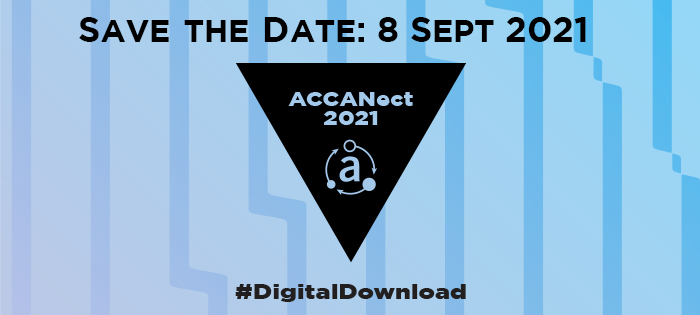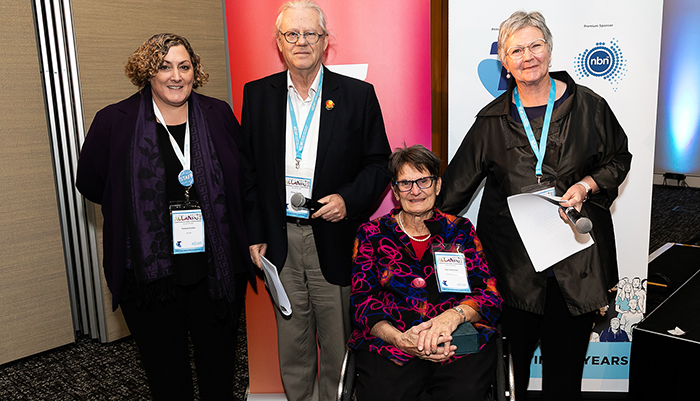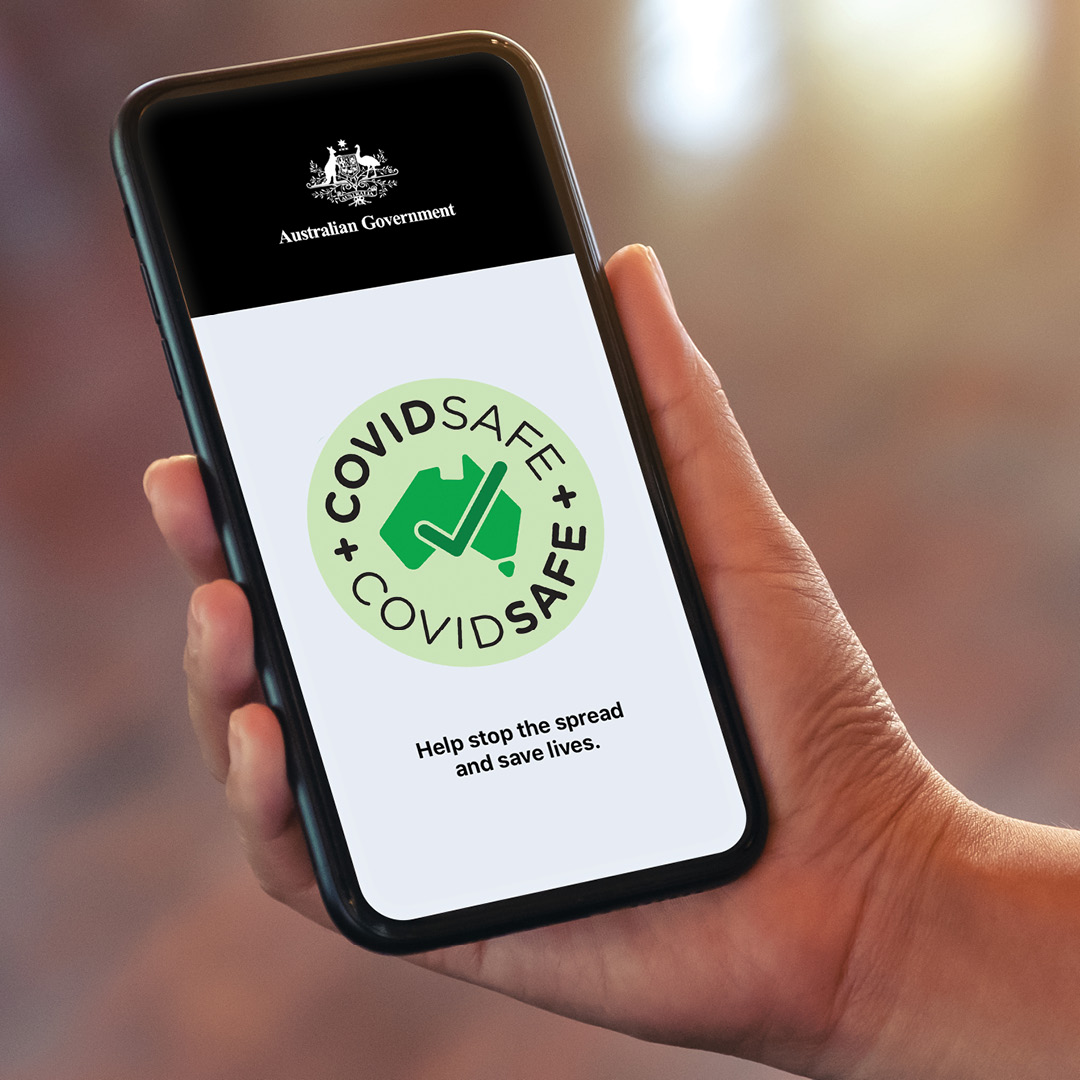Our focus
- Details
- News
With much of Australia’s east coast currently impacted by wild weather, many Australians have found themselves evacuated or having lost telecommunications services due to the impact of this strong weather.
Which mobile phone and nbn sites have been impacted?
Optus
Visit Optus’ website to get the latest updates for customers in flood-impacted areas
Telstra
Visit Telstra’s website to get the latest updates for customers in flood-impacted areas
Read more: NSW and SE QLD Telco Floods Support Updates
Write comment (0 Comments)- Details
- News
At ACCAN, issues relating to accessibility have always been at the forefront of our policy and consumer education efforts. After celebrating our 10th birthday and reflecting upon the positive changes that we had successfully advocated for, we started contemplating what accessibility improvements ACCAN would like to see in the communications sector in 2020 and beyond. We considered the existing communications issues affecting people with disability and wondered what issues may arise in the future.
From this, ACCAN started developing an Ideal Accessible Communications Roadmap in consultation with the disability sector. Towards the end of 2019 and the start of 2020, we sought feedback from a range of organisations supporting people with disability. We asked about the top three communications issues that were currently affecting people with disability, the top three communications issues that contributors thought would affect people with disability in the future, and suggestions for possible solutions to address these existing and anticipated communications issues. Through email conversations, phone calls and group brainstorming sessions, we received responses from 35 organisations, including Disabled Peoples Organisations, advocacy groups and disability service providers, as well as nine individuals with disability who offered their own personal insights of their lived experience.
Read more: The future is accessible
Write comment (0 Comments)- Details
- News

ACCAN wants to hear about your experience with your ADSL internet service.
ADSL stands for ‘asymmetric digital subscriber line’. ADSL is a broadband internet connection delivered through the same copper wiring that your home phone may use. The ACCC are soon to begin an inquiry into whether Telstra should continue to provide access to wholesale ADSL services on request. The outcome of the ACCC inquiry could impact price and retail choice of ADSL services for regional, rural and remote consumers.
Read more: Do you use an ADSL broadband connection?
Write comment (3 Comments)- Details
- News
As the peak body for rural and remote health in Australia, the National Rural Health Alliance has been a vocal supporter of telehealth and the many benefits that it can bring, especially for those outside of metropolitan areas.
In the wake of COVID-19, we spoke to Dr Gabrielle O’Kane, CEO of the National Rural Health Alliance to hear about how people in regional, rural and remote Australia were adapting to telehealth and what the future may hold for this technology-driven approach to healthcare.
Read more: Interview with Dr Gabrielle O’Kane, CEO of the National Rural Health Alliance
Write comment (0 Comments)- Details
- News

Notice is hereby given that the Annual General Meeting of the ACCAN will be held via virtual meeting, on Thursday 24th September 2020 from 4.00pm.
ACCAN AGM
Date: Thursday 24th September 2020
Time: 4:00pm (AEST)
Venue: Virtual Meeting via Zoom – Please register from here by 22nd September 2020.
Read more: Notice of ACCAN Annual General Meeting
Write comment (0 Comments)- Details
- News
ACCAN has announced the date for its 2021 National Conference. ACCANect 2021 #DigitalDownload will be held Online, 8th September 2021. Mark your diaries now for Australia's premiere telecommunications conference.

Network and meet new people
We expect over 200 attendees including industry leaders, international delegates, consumer groups, government and regulators as well as mainstream media. The ACCANect 2021 digital event platform offers all delegates live access to Speakers sessions as well as interactive networking opportunities with other delegates, speakers, exhibitors and sponsors.
Read more: Save the Date: ACCANect 2021 #DigitalDownload
Write comment (0 Comments)- Details
- News
ACCAN is seeking nominations for Directors to fill three (3) vacancies on its Board.
In accordance with the ACCAN Constitution, the 2020-2021 ACCAN Board will consist of nine (9) members1. Six (6) positions are continuing Directors from the 2019-2020 Board. Three (3) Directors are retiring from the Board but may be eligible for re-election as stated in the ACCAN Constitution.
In accordance with the ACCAN Constitution Board members are elected for a three year term.
In order to ensure an appropriate balance, the Board is particularly seeking candidates with legal and regulatory expertise; and/or experience in financial management and governance in a not for profit organisation; and/or an understanding of the issues affecting young consumers; and/or small businesses.
Read more: Call for nominations for the ACCAN Board
Write comment (0 Comments)- Details
- News
Following a competitive application process, ACCAN is pleased to announce the successful Grants for 2020.
This year’s projects will explore a range of issues relevant to communications consumers, including how to protect children’s privacy when using apps, regional and rural consumers’ understanding of smart technologies, and the accessibility of video on demand services, among others.
The ACCAN Grants Program funds projects which undertake research on telecommunications issues, represent consumers or create educational tools which empower consumers to derive the greatest benefit from telecommunications products and services.
Research and outcomes achieved by Grants projects inform ACCAN's work and contribute to the broader evidence base for consumers, regulators and service providers in the telecommunications market.
The successful projects are listed below. For more information on the projects, visit the current Grants page.
Read more: 2020 ACCAN Grants projects announced
Write comment (1 Comment)- Details
- News
 ACCAN board and staff are deeply saddened by the passing of Sue Salthouse.
ACCAN board and staff are deeply saddened by the passing of Sue Salthouse.
Sue was a dedicated advocate for people with disability and made huge contributions to improving the accessibility of telecommunications for people with disability in Australia.
Prior to becoming a member of the inaugural ACCAN Board, Sue was on the Telecommunications Consumer Representation Working Group which developed the proposal for the creation of ACCAN. Sue served as Chairperson following ACCAN’s first AGM in 2009 and stayed on as a member of the board until 2012. Sue also offered support to ACCAN’s Standing Advisory Committee on Disability Issues, as Chair of the Committee from 2009-2010. In recognition of her pivotal and enduring commitment to communications consumers, Sue was awarded ACCAN Life Membership in 2019.
Read more: A Message From ACCAN on Sue Salthouse
Write comment (25 Comments)- Details
- News

ACCAN responded to the draft Bill1 regarding the COVIDSafe app in collaboration with 17 organisations flagging concerns of consumer groups across the fields of health, technology, privacy, human rights, digital inclusion, communications and community interests.
Read more: ACCAN Comments on COVIDSafe App
Write comment (0 Comments)- Details
- News
For World Consumer Rights Day 2020, ACCAN looks at how consumers can do their part to promote sustainability in the telco sector.
Sustainability is an evolving issue for industries around the world. Consumers are increasingly concerned about the way that we produce and consume goods and services, including in the telco sector.
Nearly 90% of Australians now own a mobile phone1. For many of us, they have become the go-to device to keep in touch socially and for work, to take photos, and to navigate from place to place. As mobile phones continue to evolve to include features like foldable screens and multi-lens cameras, it’s worth taking a moment to consider what resources go into making these smart devices.
Read more: World Consumer Rights Day – Sustainable telco consumers
Write comment (0 Comments)- Details
- News
As bushfires continue to burn across the country, a reliable phone service quickly becomes a lifeline.
ACCAN is aware of reports of network outages due to blackouts and power failures in bushfire affected areas. It’s important to know that unless you have a battery back-up, your NBN home phone will not work during a power outage. As a precaution, it is best to have a charged mobile phone that you can use during a power outage.
Read more: Telco bushfire response
Write comment (0 Comments)